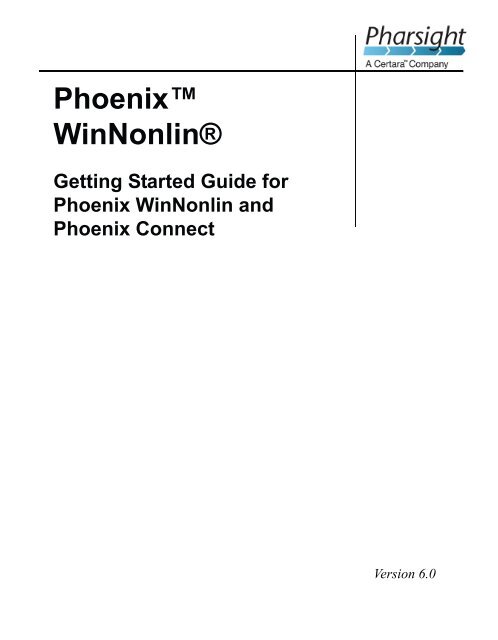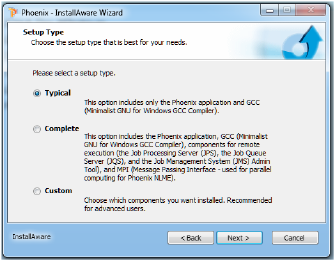
Lacosamide elimination by continuous renal replacement therapy (CRRT) has never been studied. Inadequate recovery from toxicity and/or complications from a major surgery before starting therapy.Lacosamide is a new-generation antiepileptic drug (AED) that is eliminated by both hepatic and renal mechanisms.Use of concomitant treatment of fluconazole at a dose > 200 mg (for ruxolitinib participants treated in Cohort A only).Use of any potent/strong cytochrome P450 3A4 inhibitors within 14 days or 5 half-lives (whichever is longer) before the first dose of itacitinib or anticipated during the study.Active alcohol or drug addiction that would interfere with their ability to comply with the study requirements.Use of any prohibited concomitant medications.Splenic irradiation within 6 months before receiving the first dose of itacitinib.Participants with malignancies with indolent behavior such as prostate cancer treated with radiation or surgery may be enrolled as long as they have a reasonable expectation to have been cured with the treatment modality received.

Active invasive malignancy over the previous 2 years except treated basal or squamous carcinomas of the skin, completely resected intraepithelial carcinoma of the cervix, and completely resected papillary thyroid and follicular thyroid cancers.Clinically significant or uncontrolled cardiac disease.Known human immunodeficiency virus infection.Participants who have positive anti-HBs as the only evidence of prior exposure may participate in the study provided that there is both 1) no known history of HBV infection and 2) verified receipt of hepatitis B vaccine. Participants cannot be positive for hepatitis B surface antigen or anti-hepatitis B core antibodies. Evidence of hepatitis B virus (HBV) or hepatitis C virus (HCV) infection or risk of reactivation: HBV deoxyribonucleic acid (DNA) and HCV ribonucleic acid (RNA) must be undetectable.
 Active bacterial, fungal, parasitic, or viral infection that requires therapy. Inadequate renal function at screening and baseline visits as demonstrated by protocol-defined criteria. Inadequate liver function at screening and baseline visits as demonstrated by protocol-defined criteria. Recent history of inadequate bone marrow reserve as demonstrated by protocol-defined criteria. Inability to swallow food or any condition of the upper gastrointestinal tract that precludes administration of oral medications. Previous treatment with itacitinib or Janus kinase (JAK1) inhibitors (JAK1/JAK2 inhibitor ruxolitinib is permitted). Lack of recovery from all toxicities from previous therapy (except ruxolitinib) to Grade 1 or better. Willingness to avoid pregnancy or fathering children. Screening bone marrow biopsy specimen available or willingness to undergo a bone marrow biopsy at screening/baseline willingness to undergo bone marrow biopsy at Week 24. Eastern Cooperative Oncology Group performance status of 0, 1, or 2. Must have palpable spleen of greater than or equal to (≥) 5 centimeter (cm) below the left subcostal margin on physical examination at the screening visit. Confirmed diagnosis of primary myelofibrosis, post-polycythemia vera myelofibrosis, or post-essential thrombocythemia myelofibrosis according to revised World Health Organization 2016 criteria. Discontinued ruxolitinib for hematologic toxicities, after the initial reduction in spleen length or volume. Followed by documented evidence of progression in spleen length or volume OR. Must have had initial reduction in spleen on ruxolitinib treatment:. Receiving ruxolitinib dose of less than 20 mg daily with no dose increase or no dose modification in the last 8 weeks before screening visit. Area Under the Concentration-time Curve Over a Dosing Interval (AUCtau) for Itacitinib. PR: Peripheral blood: Hb ≥ 100 g/L and < UNL neutrophil count ≥ 1 × 10^9/L and < UNL platelet count ≥ 100 × 10^9/L and < UNL < 2% IMCs and Clinical: Resolution of symptoms spleen and liver not palpable no evidence of EMH or BM: < 5% blasts ≤ Grade 1 MF and peripheral blood: Hb≥ 85 g/L but < 100 g/L and < UNL neutrophil count ≥ 1 × 10^9/L and < UNL platelet count ≥ 50 × 10^9/L but < 100 × 10^9/L and < UNL < 2% IMCs and Clinical: Resolution of symptoms spleen, liver not palpable no evidence of EMH. CR: Bone marrow (BM): < 5% blasts ≤ Grade 1 MF, Peripheral blood: Hemoglobin (Hb) ≥ 100 grams per liter (g/L), < upper normal limit (UNL) neutrophil count ≥ 1 × 10^9/L and < UNL Platelet count ≥ 100 × 10^9/L and < UNL < 2% immature myeloid cells (IMCs) and Clinical: Resolution of disease symptoms spleen, liver not palpable no evidence of extramedullary hematopoeisis (EMH). Response (complete remission or partial remission ) graded per IWG-MRT for treatment response.
Active bacterial, fungal, parasitic, or viral infection that requires therapy. Inadequate renal function at screening and baseline visits as demonstrated by protocol-defined criteria. Inadequate liver function at screening and baseline visits as demonstrated by protocol-defined criteria. Recent history of inadequate bone marrow reserve as demonstrated by protocol-defined criteria. Inability to swallow food or any condition of the upper gastrointestinal tract that precludes administration of oral medications. Previous treatment with itacitinib or Janus kinase (JAK1) inhibitors (JAK1/JAK2 inhibitor ruxolitinib is permitted). Lack of recovery from all toxicities from previous therapy (except ruxolitinib) to Grade 1 or better. Willingness to avoid pregnancy or fathering children. Screening bone marrow biopsy specimen available or willingness to undergo a bone marrow biopsy at screening/baseline willingness to undergo bone marrow biopsy at Week 24. Eastern Cooperative Oncology Group performance status of 0, 1, or 2. Must have palpable spleen of greater than or equal to (≥) 5 centimeter (cm) below the left subcostal margin on physical examination at the screening visit. Confirmed diagnosis of primary myelofibrosis, post-polycythemia vera myelofibrosis, or post-essential thrombocythemia myelofibrosis according to revised World Health Organization 2016 criteria. Discontinued ruxolitinib for hematologic toxicities, after the initial reduction in spleen length or volume. Followed by documented evidence of progression in spleen length or volume OR. Must have had initial reduction in spleen on ruxolitinib treatment:. Receiving ruxolitinib dose of less than 20 mg daily with no dose increase or no dose modification in the last 8 weeks before screening visit. Area Under the Concentration-time Curve Over a Dosing Interval (AUCtau) for Itacitinib. PR: Peripheral blood: Hb ≥ 100 g/L and < UNL neutrophil count ≥ 1 × 10^9/L and < UNL platelet count ≥ 100 × 10^9/L and < UNL < 2% IMCs and Clinical: Resolution of symptoms spleen and liver not palpable no evidence of EMH or BM: < 5% blasts ≤ Grade 1 MF and peripheral blood: Hb≥ 85 g/L but < 100 g/L and < UNL neutrophil count ≥ 1 × 10^9/L and < UNL platelet count ≥ 50 × 10^9/L but < 100 × 10^9/L and < UNL < 2% IMCs and Clinical: Resolution of symptoms spleen, liver not palpable no evidence of EMH. CR: Bone marrow (BM): < 5% blasts ≤ Grade 1 MF, Peripheral blood: Hemoglobin (Hb) ≥ 100 grams per liter (g/L), < upper normal limit (UNL) neutrophil count ≥ 1 × 10^9/L and < UNL Platelet count ≥ 100 × 10^9/L and < UNL < 2% immature myeloid cells (IMCs) and Clinical: Resolution of disease symptoms spleen, liver not palpable no evidence of extramedullary hematopoeisis (EMH). Response (complete remission or partial remission ) graded per IWG-MRT for treatment response. 
Why Should I Register and Submit Results?.







 0 kommentar(er)
0 kommentar(er)
